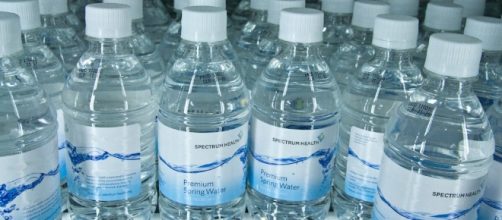The International Bottled Water Association has issued a document that promotes good environmental stewardship and sustainability. The purpose of the 2016 Best Framework Guidance is to help producers be successful in protecting the environment.
To create the document, IBWA compiled data from surveys of members, key points from Ceres Aqua Gauge framework and common practices from beverage industry experts. The document is available for use regardless of size, location and development stage of the manufacturing process. Manufacturers just getting started can use the best practices listed in the report and those who are well-established.
The tips are good for all manufacturers. The report provides checklists that companies can use to determine how they are protecting the environment.
What can manufacturers do?
Water companies can take actions in several areas, according to the report. They can monitor their equipment through regular process checks and maintenance. They can watch consumption through meters and water mapping exercises. They should be practicing water recycling and reuse wherever possible. Training their engineers and managers to protect the environment will ensure sustainability. And, they should be monitoring their suppliers and management.
"For years, bottled water manufacturers have implemented rigorous stewardship practices to protect, maintain and preserve resources," said IBWA President Joe Doss.
Other tips for IBWA members
To allow companies more ways to improve the stewardship at each facility, the guidelines are divided into three categories. They are initial, advanced and leading. They are designed to provide opportunities so that the changes can be implemented easily and cost-effectively. Individual owners can find out what works for their organization and proceed from there.
In addition, they can conduct impact assessments on facility water use. These would help facility managers understand how its use within an operation would impact the environment. Use public tools to determine where they are vulnerable in water protection. They can communicate with other IBWA owners to find out solutions to problems and get ideas for ways to save resources.

